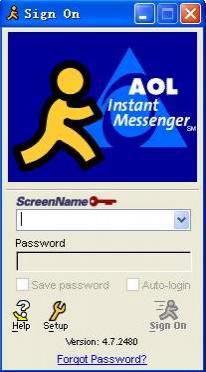Exploring Virtual and Augmented Reality in Learning
Virtual reality, like rock n’ roll, is not something that can be described well. It must be experienced in order to be fully appreciated and understood.
Interestingly, it has been catching on among educators.
Since 2013, Emory Craig, Director of eLearning at the College of New Rochelle, and Maya Georgieva, Co-Founder and Chief Innovation Officer of Digital Bodies, have been presenting workshops on the topic. They’re working with developers, researchers and educators who are embracing the immersive learning technology, which seems to be on the cusp of widespread use...as well as being on the receiving end of a lot of hype.
Around the time Craig and Georgieva began exploring this emergent medium, the arrival of Google Glass seemed to have ushered in greater popularity. Georgieva was one of the educators to experiment with Google Glass. People suddenly had a wearable ideal of what could be tapped to create an augmented reality (AR) or virtual reality (VR). The much-heralded yet now all-but-defunct product left its mark, as several key technological developments have sprung up to satisfy a new market.
One key development also came from the Internet giant: Google Cardboard. An accessible solution that was ‘easy to get into the hands of educators,’ Georgieva noted, it has helped to generate interest in the use of VR in the learning environment. With only a smartphone app and the inexpensive piece of cardboard, students can be transported to other worlds...
continue reading... "Outside the Boundaries: Exploring Virtual and Augmented Reality in Learning" by Kristi DePaul




 Jane Hart created the Centre for Learning and Performance Technologies (
Jane Hart created the Centre for Learning and Performance Technologies (